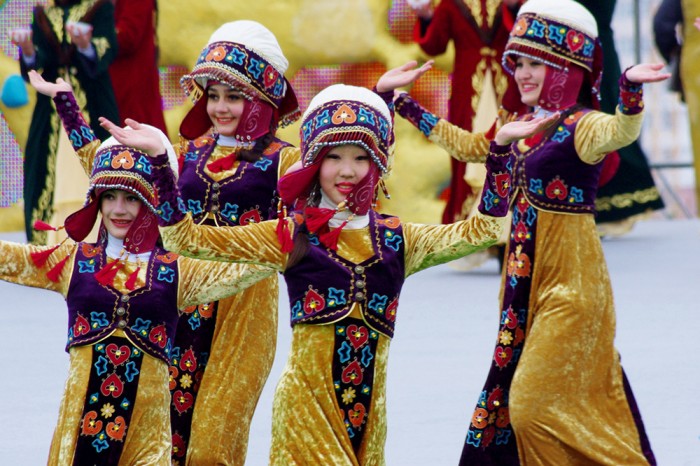
This post has been updated for 2017. This year the Seattle-Isfahan Sister Cities Association is holding a Nowruz celebration on the afternoon of March 19th. Details here.
Growing up as an Iranian-American, Nowruz, the Iranian/Persian New Year, is one of the most important times of the year.
I’ve never visited Iran to experience the holiday, but my memories of it here are very vivid. Every year is a special time to spend with family and friends and eat extremely delicious food.
Coinciding with the Spring Equinox, in 2017 the date falls on March 20th at 3:28 a.m. on the west coast of the U.S., and marks the first day of the Iranian calendar.
Nowruz (literally translated as “new day” in Farsi) is celebrated by over 75 million people from diverse ethnic and religious backgrounds in lands that once belonged to the Persian Empire. Locally,
Although we are far from the festivities in Iran, family and friends tell stories of hundreds of people gathered in the streets to jump over fire, exchange delicious food with strangers and sing songs to bring in the new year and hopes of a better year to follow.
Here are a few expert tips to get you celebrating Nowruz like a pro.
1. Take a crash course on Zoroastrianism
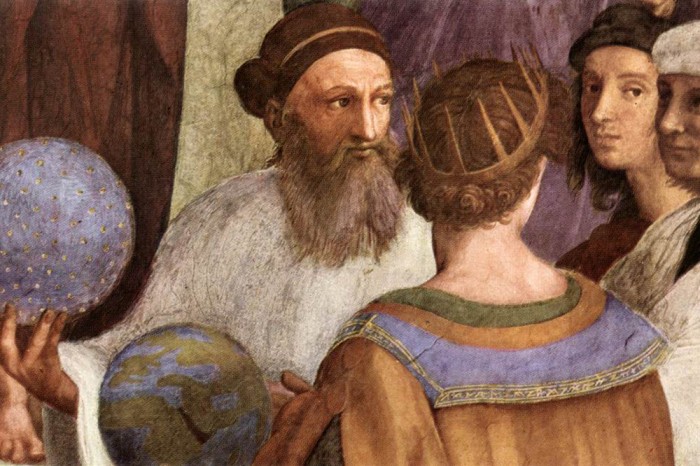
Nowruz is believed to have been invented by Zoroastar, the leader of the religion and ancient philosophy of Zoroastrianism.
It emphasizes the broad concept and differences of “good” and “evil.” Believers should be connected to nature and animals, and always respect the element of fire.
2. Meet the Persian Santa Claus
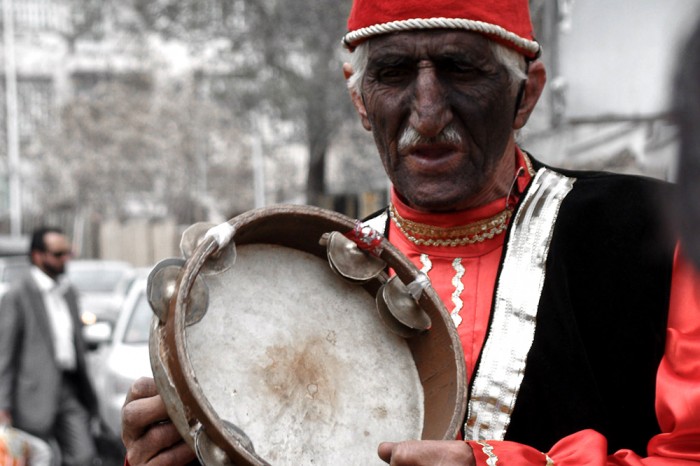
Haji Firouz, who is known as the “Santa Claus” of this holiday, has been referred to as the Zoroastrian fire keeper, as his face and hands are painted black to represent soot from the fire.
He wears a red cloak and a red felt hat, sings songs on new year and gives gifts to all the children and people who are celebrating. He plays his loud tambourine and sings traditional songs, bringing joyfulness to the Nowruz celebration.
3. Learn the new year greeting, “No-Rooz Mobarak!”
During this time of year, Iranians prepare for the occasion by cleaning their homes, getting ready for guests to come over and share the traditional meal of “sabzi-polo-mahi,” salmon and spinach rice.
Hosts greet their guests by kissing one another on the cheek in gratitude and give the new year greeting, “No-Rooz Mobarak!”
4. Jump over fire!
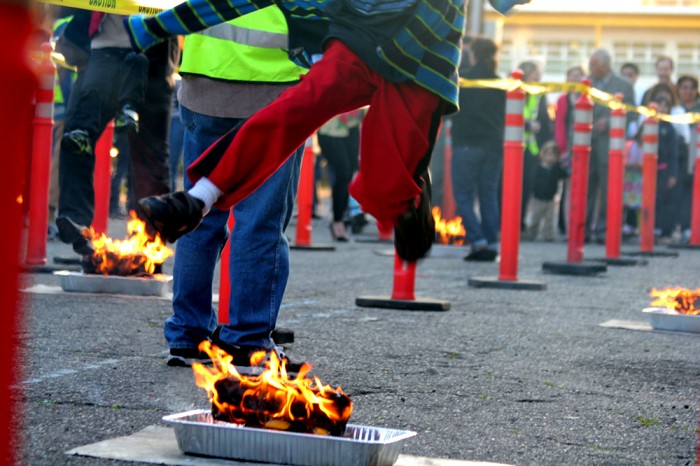
On the last Wednesday of the year, Iranians celebrate Chahārshanbe Suri. People gather together in the streets and alleys to make bonfires and jump over them while singing the traditional songs.
Jumping over the fire is believed to be burning out all of your fear in your subconscious and spirit, in order to enter the new year brand new.
Traditionally on this night, many children also wrap themselves in cloaks, going door to door and banging spoons on pots and pans, asking for treats from the neighbors.
It is believed that the louder the children bang their spoons, the more they are beating out the last unlucky Wednesday of the New Year.
5. Know how to set your table
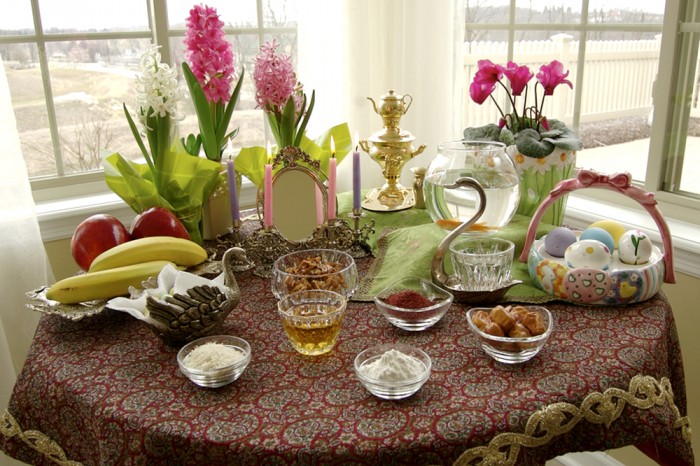
Iranians traditionally gather around a “Haft-Seen” (translated as Seven-S’s), which is the traditional table setting to bring in the new year and the new beginnings of spring.
It consists of seven items that in Farsi begin with the letter “S.”
- Sabzeh (lentil sprouts that grow in a dish, symbolizing rebirth)
- Samanu (sweet pudding made from wheat, symbolizing affluence)
- Senjed (dried fruit of the oleaster tree, symbolizing love)
- Seer (garlic, symbolizing medicine)
- Seeb (apple, symbolizing health and beauty)
- Somaq (sumac berries, symbolizing the color of the sunrise)
- Serkeh (vinegar, symbolzing age and patience)
Also on the “Haft-Seen,” many people decorate eggs for good luck and fertility. There may also be a goldfish in a bowl to represent new beginnings and a mirror, to always look at your reflection.
6. Pick a book to complete your table
For most Iranians, it is also customary to place a religious book such as the Quran or the Torah on their Haft-Seen’s. For secular more households, copies of Rumi or Hafez (ancient Iranian poets) are customary.
More recently, some Iranians have been placing the “Shahnameh: The Epic of Persian Kings” at their Haft-Seen. This classic book was written over a thousand years ago by the great poet Abolqasem Ferdowsi, with over 50,000 verses of Persian history, mythological stories and heroic kings.
Originally, the book was written strictly in Farsi, in order to keep the stories and its language as pure as possible, and rarely translated to other languages.
In 2013, Ahmad Sadri’s version of the “Shahnameh” came to surface along with beautiful images by Hamid Rahmanian. Together they created an English translation of this epic book, creating more opportunities for non-Iranians to learn about Iranian history and culture.
7. Eat at a Persian restaurant
Iranians are extremely welcoming to others and love sharing cultural experiences. This is a great time of year to check out some Persian restaurants in the area.
There are plenty to choose from, including Pacific Market in Lake City, which includes groceries and food, Persepolis Grill in the University District, Caspian in Bellevue, and Farvahar Persian Café in Downtown Seattle.
Read my full guide to Persian eating here. With a number of options for all different taste buds, I assure you, there is something for everyone!
8. Lastly, enjoy this epic new year song


I really appreciate this! Very accurate but brief! Good job!
Love learning about all of this! The “Haft-Seen” does echo some of our Seder plate traditions – combining Spring rituals with history, personal and religious aspects. Happy New Year!
Contact Festival Magazine
for more information.
Tnx because of this wonderful writing.
It shows our culture to all people in the world so they know us better ^_^
thank you so much.
nice article just to mention Hoji Norooz is the person to announce arrival of Amo Norooz (equivalent of Santa clause) and the new year.
salmon? spinach rice? tradition dictates trout or whitefish with dill rice.
This
Great and fantastic story of Iranian culture about new year. Thanks
Good article, missed some major activities:
1- House Shaking, or total cleaning of the house a week or two before the new year
2- New year Shopping: Foods, fruits, Ajeel (mixed nuts) and Pastries
3- New Clothes (for kids)
4- Be present, awake and in-family at the time of Tahveel (equinox)
4- Visiting and be-visited by family, closed friends and neighbors
Cheers,
Your article was amazing!
Thank you for posting such an informative and beautifully written essay!
I enjoyed every word of it.^_^
By the way, Sal-e-No Mobarak Mahroo!
Happy new year all level 5 pathways’s classmates
Thank so much Mahroo jaan for your amazing article. It is really good to see young people who have spent most of their life in abroad are very much involved in keeping the Iranian tradition alive. There is something I wanted to share with you. This is about name of our language in English. Our language is called Farsi in Iran but the reality is all the time before revolution the language was called Persian in English. After revolution some Iranian who didn’t know the English word for their language used the word Farsi instead of the Persian and it became a norm specially in US. I always call myself Iranian but my language is Persian in English and in reality when we use “Farsi” we are using a Persian word in English conversation. Don’t you think it is better if we use correct word for our language. If we don’t use that correctly who would? I am wishing all the best for you
Mahroo, Thanks for all you have shared here to get foreign people known about this prestigious celebration. But, seemingly you have mistakenly used a photo for Mobarak (a black-face man singing, playing, and dancing in a funny way) while the section is on Amou-Nowrouz or Haadji -Firouz, and this is like Santa Klaus in Christianity.
I know this comment may be too late to be posted to you, but i wish you possibly update this post with in an eye on the comments as we are closing to the Persian Now-Rouz(New-Year).
Cheers
thanks
I have a question, what is tradition of not setting out a haft seen if a family member has passed in that year?
I cant find any info in this and do not want to offend my in laws but sometimes my mil will make up traditions.
Thanks!
Thank you very much for this. Very helpful!